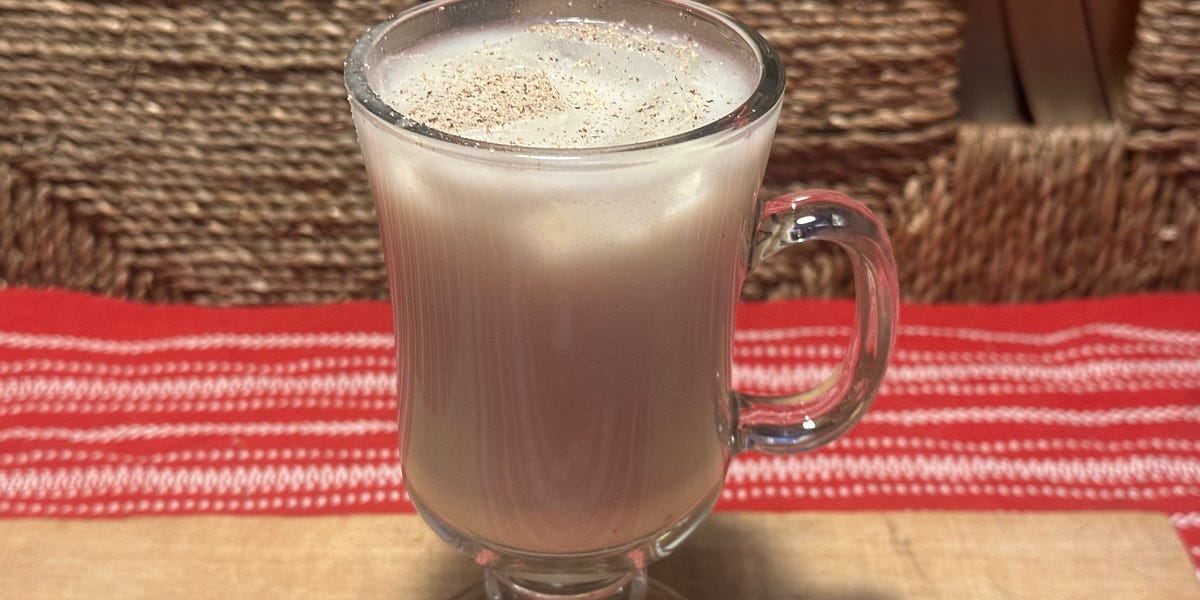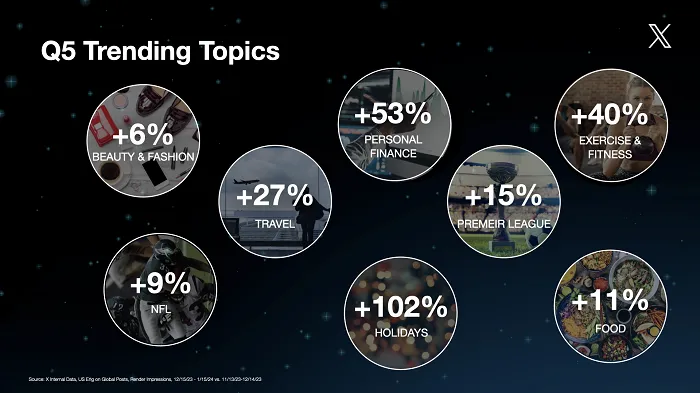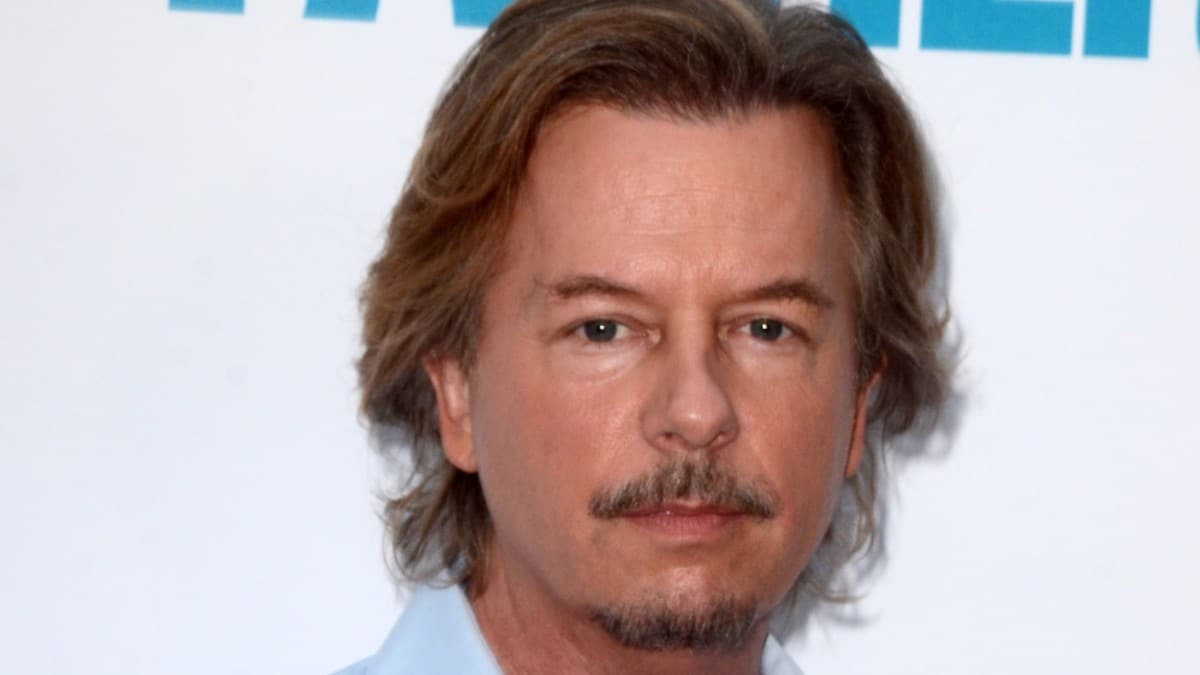Global attitudes about the LGBTQ+ community have evolved dramatically over the past decade or so, and with more choices for content than ever before, LGBTQ+ audiences are flocking to content providers—and advertisers—offering authenticity and inclusion.
Our international LGBTQ+ inclusive media perceptions survey found that emerging media channels have the highest advertising inclusion. Influencers and social media are leading the charge in inclusiveness perceptions, while LGBTQ+ view radio and newspapers as less inclusive.
Because they allow LGBTQ+ communities to connect with other members of their community, social media and influencers have a particular appeal. This is because authenticity is key for meaningful inclusion. Our respondents ranked stereotyping as the number one issue. More authenticity and realism are the next steps to improving content inclusion.
The authentic connections influencers make with their audiences can have a big impact on consumer behavior—influencer ads drove a 9-point increase in both brand affinity and purchase intent relative to consumers who did not see the influencer ads1.
This consumer influence can be seen in surprising places: bookstores. For authors as well as publishers, the #BookTok group has been a huge asset. According to LGBTQ+ BookTokker Kevin Norman, “BookTok can reach a wider audience than any other social media platform, and it’s amazing at separating us into niches.” Garnering over 59 billion views on TikTok, BookTok features a variety of content for readers and writers, but its most popular and influential videos are book reviews. All of this is translating into huge sales for bookellers.
In addition to NPD Bookscan reporting a 740% increase in sales of the LGBTQ+ genre over the last five years, SME Scarborough data highlights that LGBTQ+ adults aren’t just more likely to have shopped in a bookstore; they’re 43% more likely to have made a recent purchase in the past three months.
And books aren’t the only traditional media channel seeing an inclusion lift from social media influencers. Magazines were perceived as less inclusive by 58% respondents in our survey. However, major magazines are being influenced more than ever and influencers have turned their celebrity social media into capital to help brands show genuine representation.
Model, vlogger, makeup artist, writer and actress Victoria Volkova is Mexico’s top LGBTQ+ influencer, according to SME InfluenceScope. For her advocacy for LGBTQ+ rights, she identified as transgender and was named to the Forbes Most Powerful Women list in 2018. In 2020, Volkova was the first transwoman to be featured on the cover for the magazine. Playboy Mexico. The cover was shared by her on Instagram. She also wrote a story about how the milestone marked her journey towards self-acceptance. Several global brands like Motorola, Levi’s, Avon and Elle have embraced her influence to market their brands in Mexico.
Linn Da Quebrada from Brazil is a prominent LGBTQ+ advocate. Vogue Brazil’sFirst LGBTQ cover story in June 2021. She is a transgender rapper and uses her unique music, a mixture of hip-hop and funk carioca, to increase her advocacy for the Brazilian queer community. Da Quebrada recently partnered with Absolut Vodka for an outdoor marketing campaign.
All audiences are increasingly interested in content celebrating diversity, and this is evident by the increase of interest in LGBTQ+ content. In fact, last year’s SME identity and representation study found that 87% of respondents are interested in content featuring people from outside their own identity group. And brands that work to better understand the nuances within the LGBTQ+ experience and partner with LGBTQ+ influencers to create authentic engagements with consumers can increase inclusivity—and ROI.
Download the full report for more information Looking for authenticity? A look at international LGBTQ+ media perceptions
Notes:
- SME Brand Influence Study Q1 2022







































































